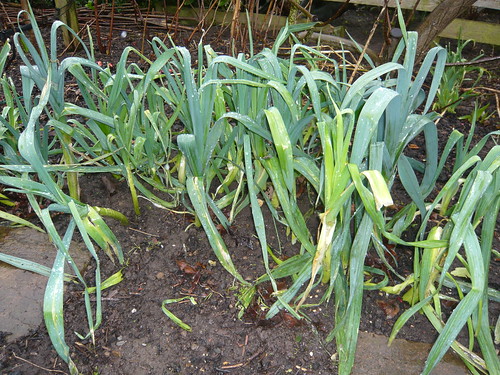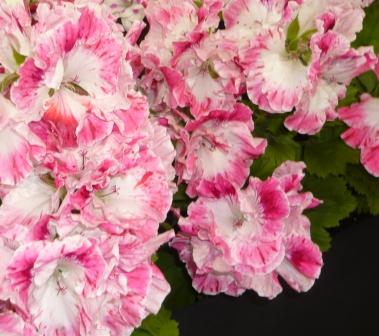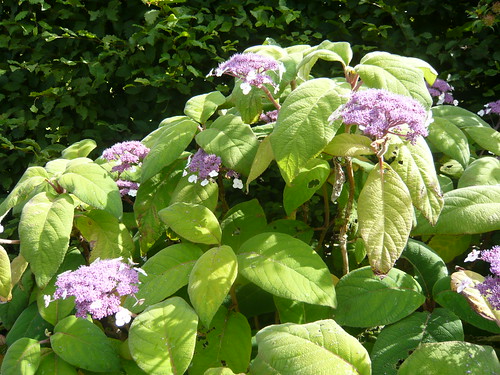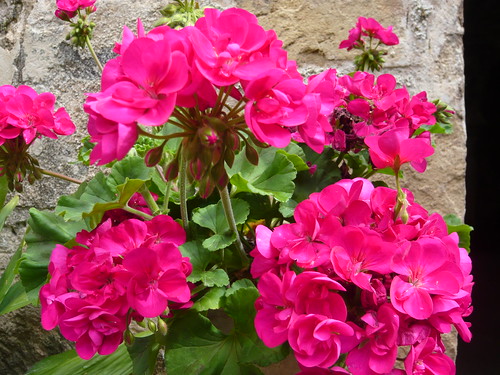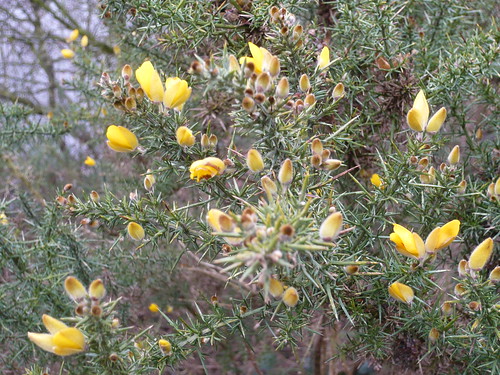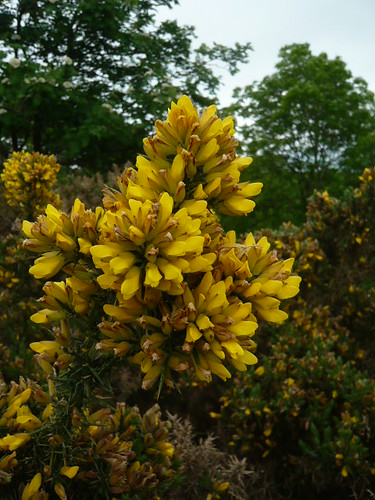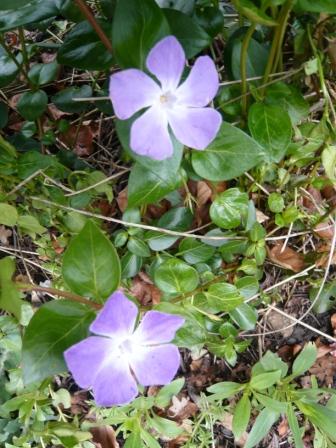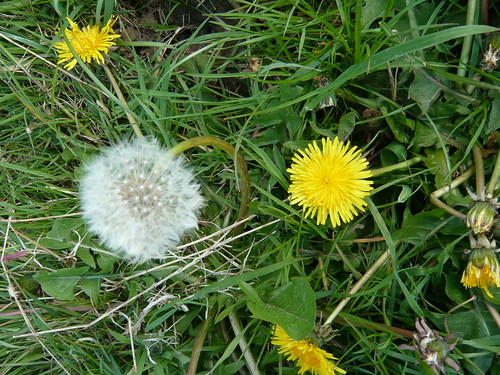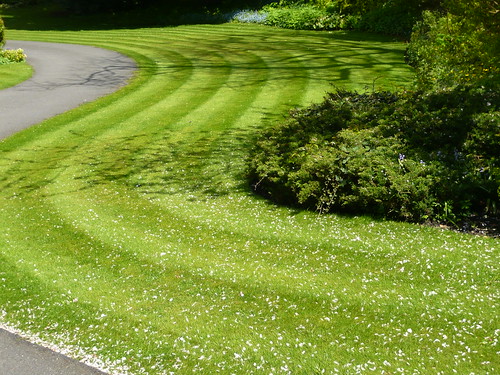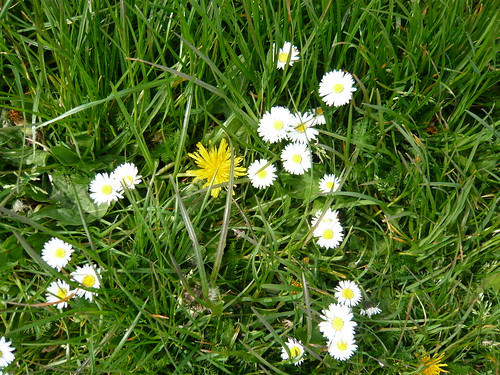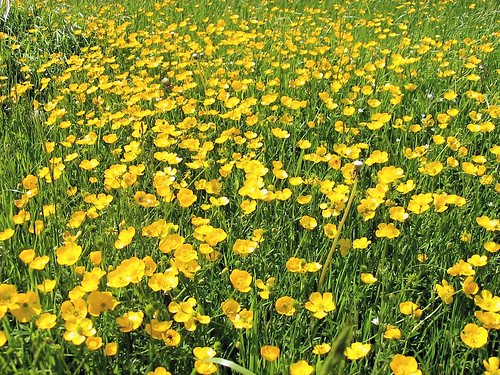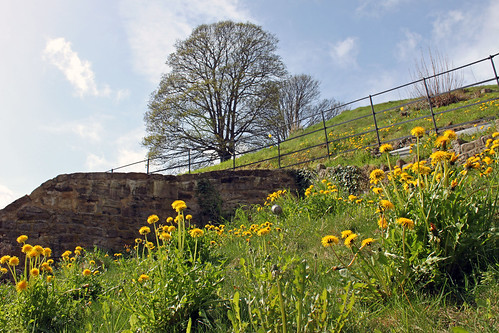
A sea of Dandelions
It is the time of the year where dandelions are popping up everywhere. This shot of Dandelion flowers is quite attractive (taken by Oxford Castle Mound). But, in the border and lawn dandelion is classed as a weed. In particular dandelion leaves will smoother the grass and make it weaker in the long term.
It is a tough weed, but definitely beatable.
For a small number of dandelions, I do recommend digging out the tap root with a trowel or custom weed trowel. The secret is to try and get as much of the root as possible. In practise, it is hard to get everything. But, it means that when it regenerates from a small bit of root, it will much easier to finish off with weed killer.
It is best to dig dandelions when the soil is dry as this makes it easier to shake off the soil surrounding the dandelion root.
If you don’t have time or energy to dig up dandelions, you can resort to a weedkiller which is designed for broad leaf weeds. You can either spray or paint it directly on to the leaves. It may need 2 to 3 treatments to finally kill them off.
Prevent Seeding.
Now is a good time to act, as if you let them go to seed, it will be just storing up more work for the future.

Dandelions aren’t the end of the world. This makes quite an attractive picture.
Eat Dandelions.
Another option is just enjoy the flowers and pick the leaves and flowers for salads. If you are really keen, you could roast the dandelion root to make a healthy organic dandelion coffee.
Related
Weedkiller for Dandelion

Roundup Weedkiller concentrate. Good for large areas which need treating at Amazon.
Related Posts
